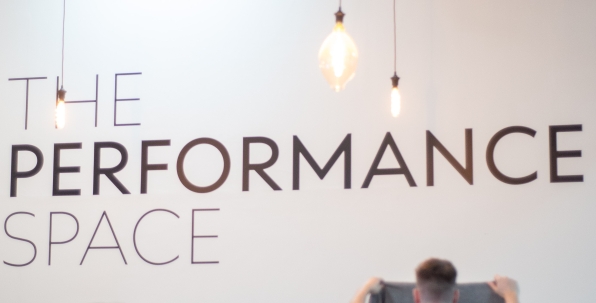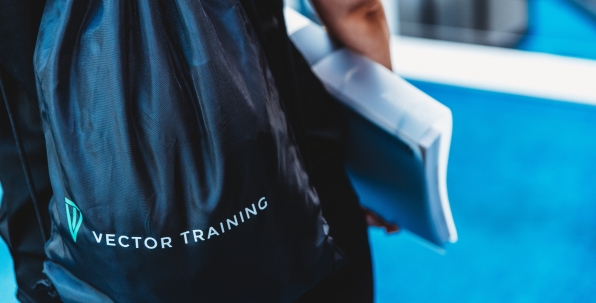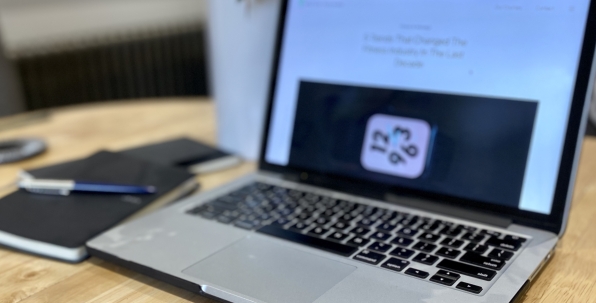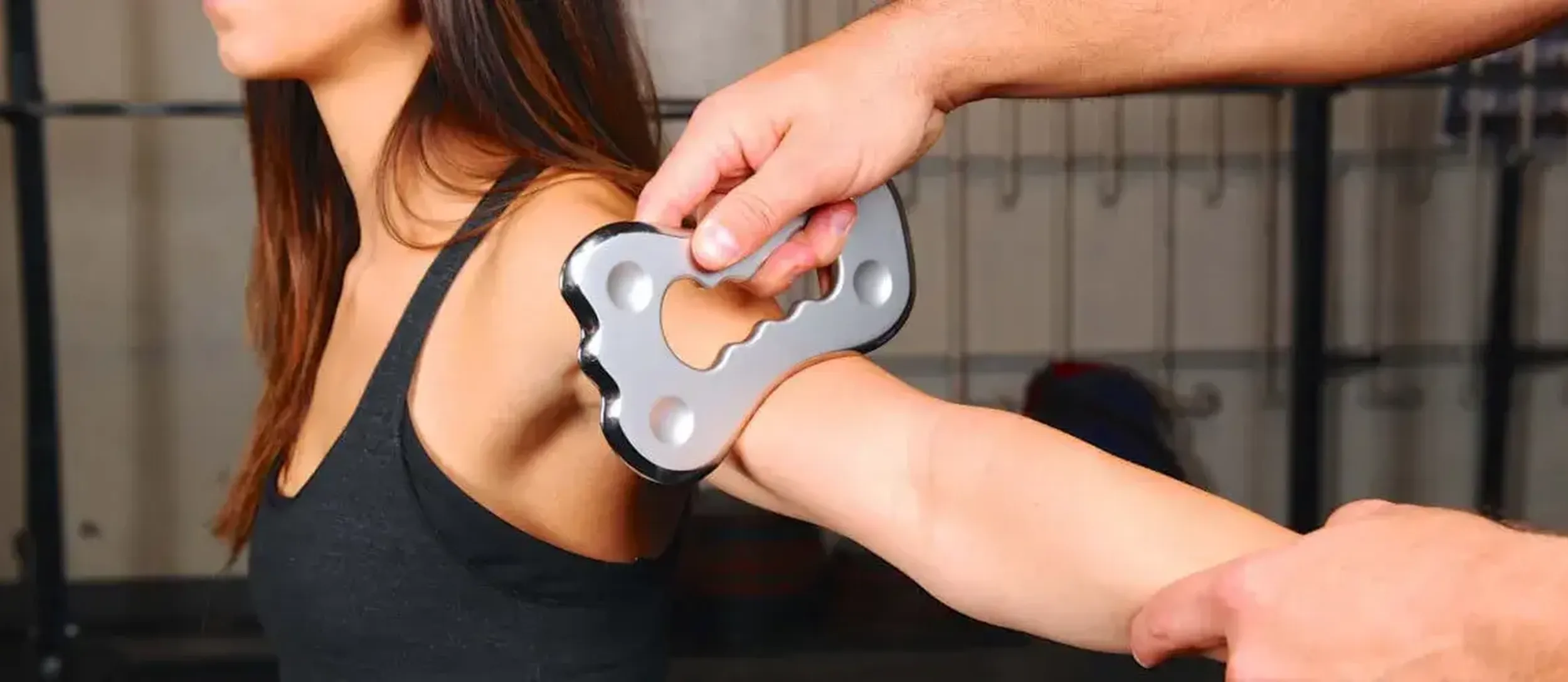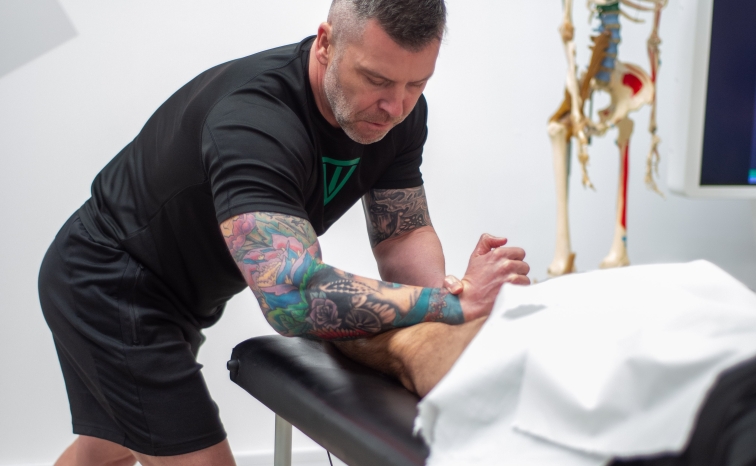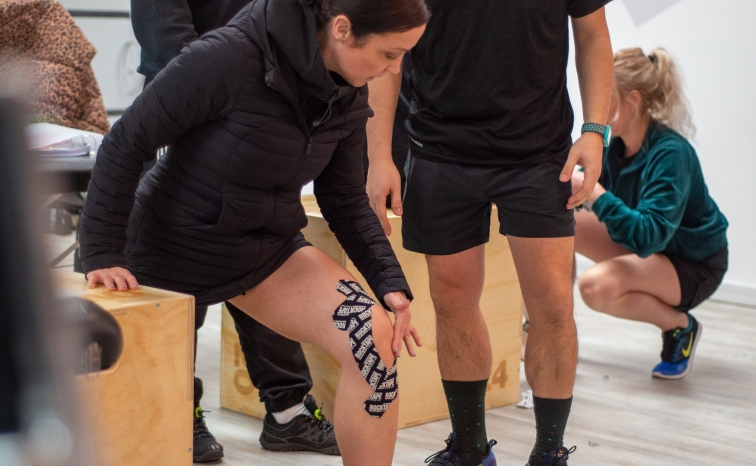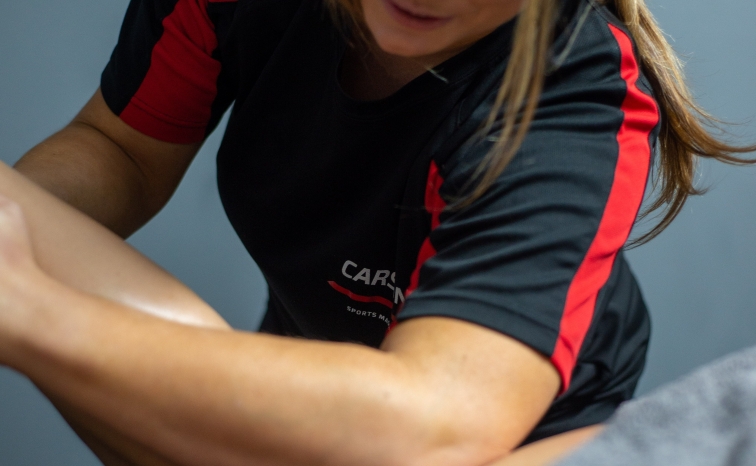In the world of sports massage therapy, innovation and technique evolution are crucial to staying ahead of the game. One such cutting-edge technique that has gained attention in recent years is Instrument Assisted Soft Tissue Mobilization (IASTM). This method involves the use of specialised tools to diagnose and treat soft tissue injuries, ultimately enhancing the effectiveness of sports massage therapy. After being asked many times about IASTM from our sports massage therapy course graduates, we'll delve into the world of IASTM, exploring its effectiveness, benefits and drawbacks for sports massage clients, and how it can potentially improve a sports massage therapist's business.
Understanding Instrument Assisted Soft Tissue Mobilisation (IASTM)
Instrument Assisted Soft Tissue Mobilisation, often referred to as IASTM, is a therapeutic technique that employs specially designed tools to mobilise soft tissues. These tools are usually made from stainless steel or other durable materials and come in various shapes and sizes. The goal of IASTM is to facilitate healing and tissue regeneration by breaking down adhesions, scar tissue, and fascial restrictions.
IASTM is based on the principles of manual therapy, aiming to alleviate pain, improve range of motion, and promote overall tissue health. Therapists apply controlled pressure with the instruments to detect and address areas of tissue dysfunction. This non-invasive approach is believed to stimulate the body's natural healing response, encouraging the body to repair itself more effectively.

Effectiveness of IASTM
Numerous studies and anecdotal evidence suggest that IASTM can be highly effective in treating soft tissue injuries and improving recovery times. One of the primary benefits of IASTM is its ability to target specific problem areas with precision. By breaking down scar tissue and adhesions, IASTM can help improve tissue elasticity, increase blood flow, and restore normal tissue function. Athletes and active individuals who frequently experience muscle strains, ligament sprains, or overuse injuries can benefit from IASTM's targeted approach.
Moreover, IASTM has shown promise in reducing pain and improving range of motion in patients with conditions like tendinopathies, myofascial pain syndrome, and even chronic conditions such as frozen shoulder. The controlled pressure applied during IASTM sessions can release endorphins and promote relaxation, contributing to pain reduction and improved mobility.
Benefits and Drawbacks of IASTM for Sports Massage Clients
For sports massage clients, the benefits of incorporating IASTM into their treatment plan can be substantial. One of the most significant advantages is the potential for faster recovery. Athletes often have tight schedules and limited time to recover from injuries. IASTM's ability to accelerate tissue healing and improve range of motion can help athletes return to their training regimens sooner.
However, it's essential to consider potential drawbacks as well. IASTM might cause mild discomfort during treatment, especially in areas with significant adhesions or scar tissue. Some clients might find this discomfort challenging, although it is usually temporary and subsides as the tissue responds to the therapy. Additionally, IASTM requires specialised training to ensure therapists use the tools correctly and safely, as improper technique can lead to unwanted side effects.
Ways IASTM Can Improve a Sports Massage Therapist's Business
Incorporating IASTM into a sports massage therapy business can offer several advantages. Firstly, offering innovative techniques like IASTM can set a therapist apart from competitors. Clients are often drawn to therapists who can provide a diverse range of treatment options, especially those that promise faster recovery and improved results.
Secondly, IASTM can lead to enhanced client satisfaction and retention. Clients who experience the benefits of IASTM are more likely to become loyal customers and recommend the therapist to others. Positive word-of-mouth marketing can significantly contribute to the growth of a sports massage therapy business.
Moreover, IASTM can provide therapists with a competitive edge in the sports industry. Many athletes and sports teams seek therapists who are proficient in the latest techniques for optimal performance and injury management. By integrating IASTM into their skill set, therapists can attract a niche market of clients seeking cutting-edge treatments.
Conclusion
Instrument Assisted Soft Tissue Mobilization (IASTM) is a modern therapeutic technique that holds great promise for the field of sports massage therapy. Its precision, ability to accelerate recovery, and effectiveness in addressing soft tissue injuries make it a valuable tool in a therapist's arsenal. While IASTM offers numerous benefits for sports massage clients, it's crucial to approach its implementation with careful consideration of potential drawbacks.
For sports massage therapists, integrating IASTM into their business can lead to improved client satisfaction, retention, and competitive advantage. However, it's essential to invest in proper training and education to ensure safe and effective application. As the world of sports therapy continues to evolve, embracing innovative techniques like IASTM can pave the way for a successful and thriving practice that caters to the diverse needs of athletes and active individuals.

